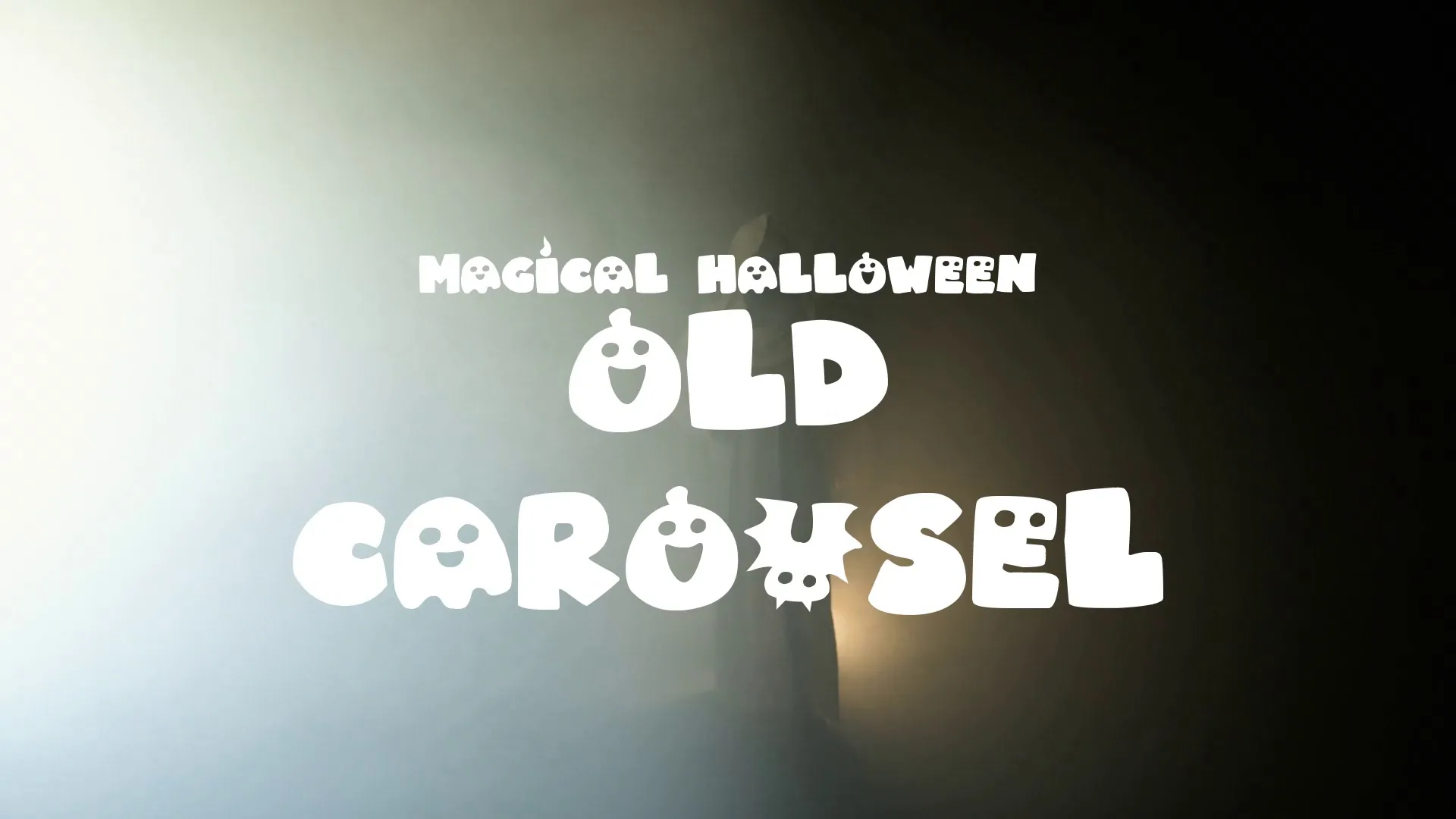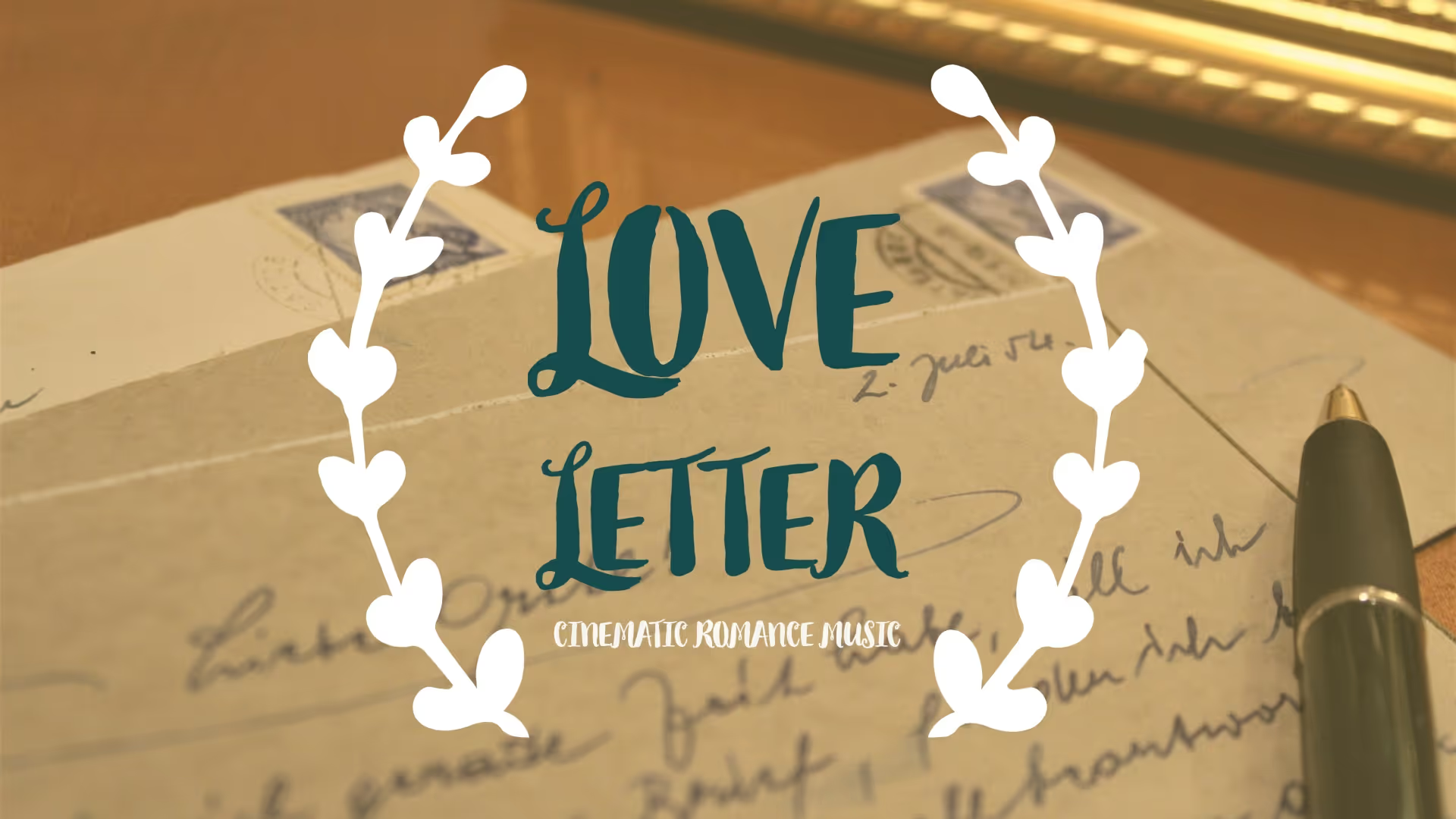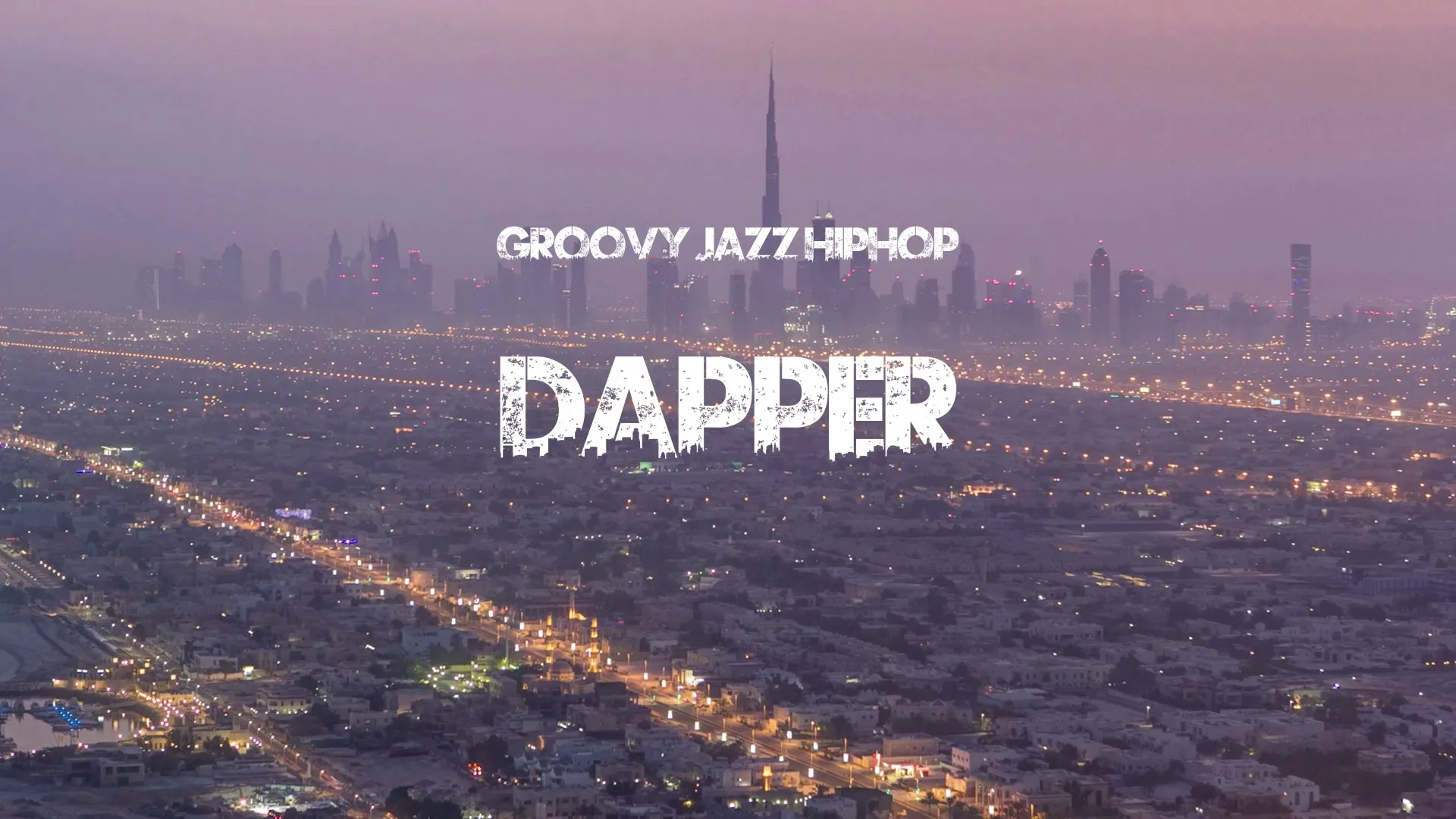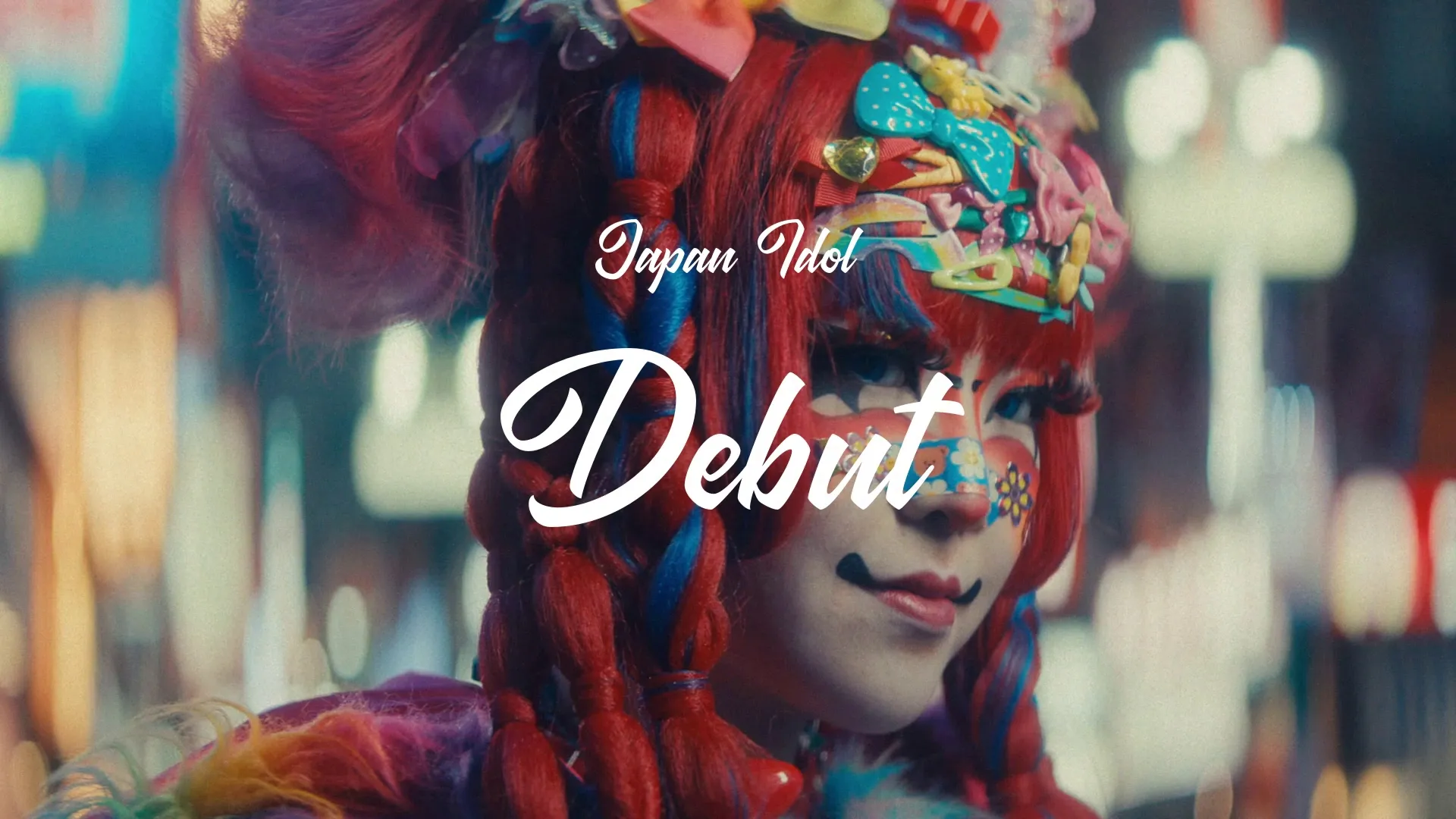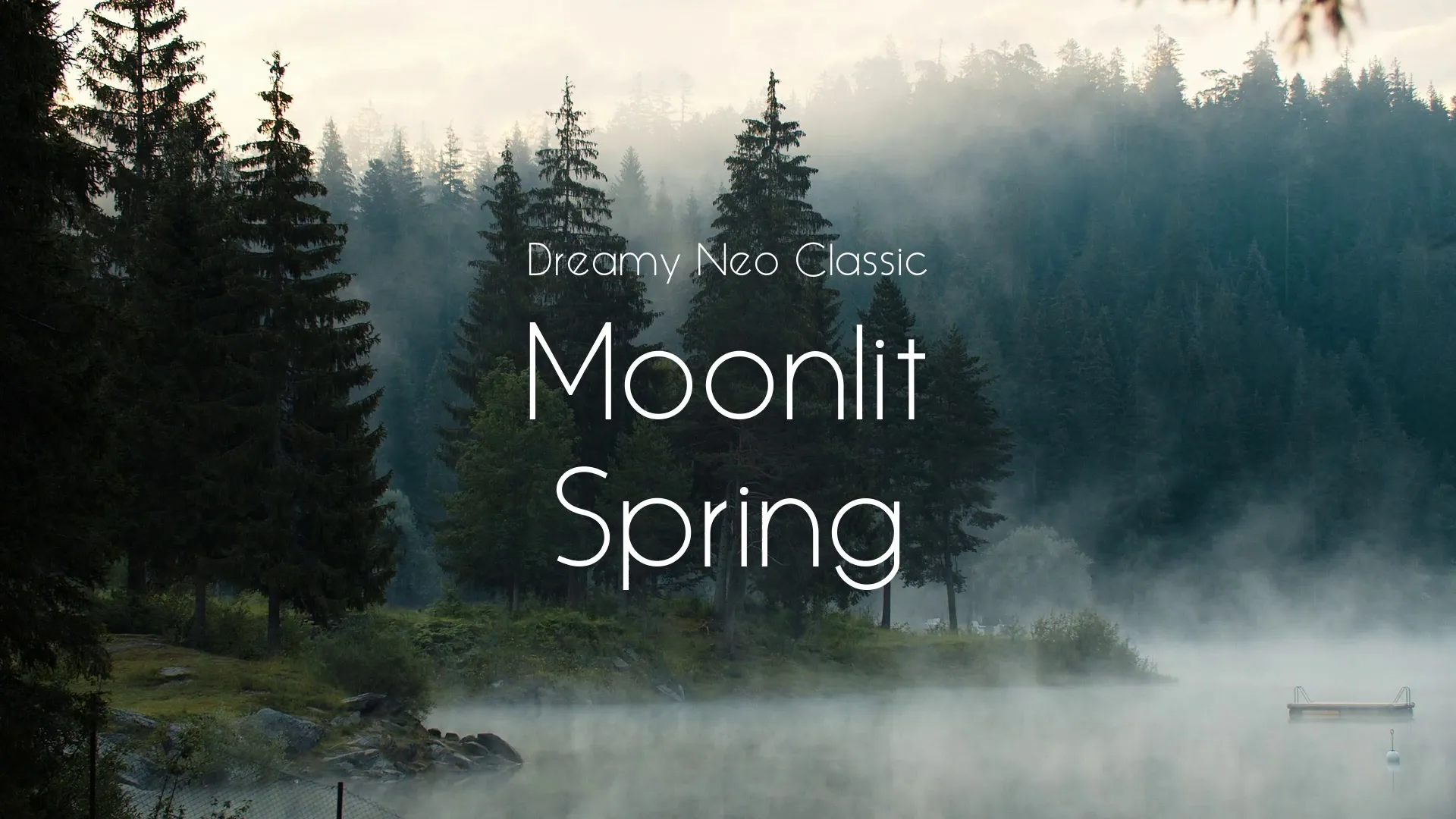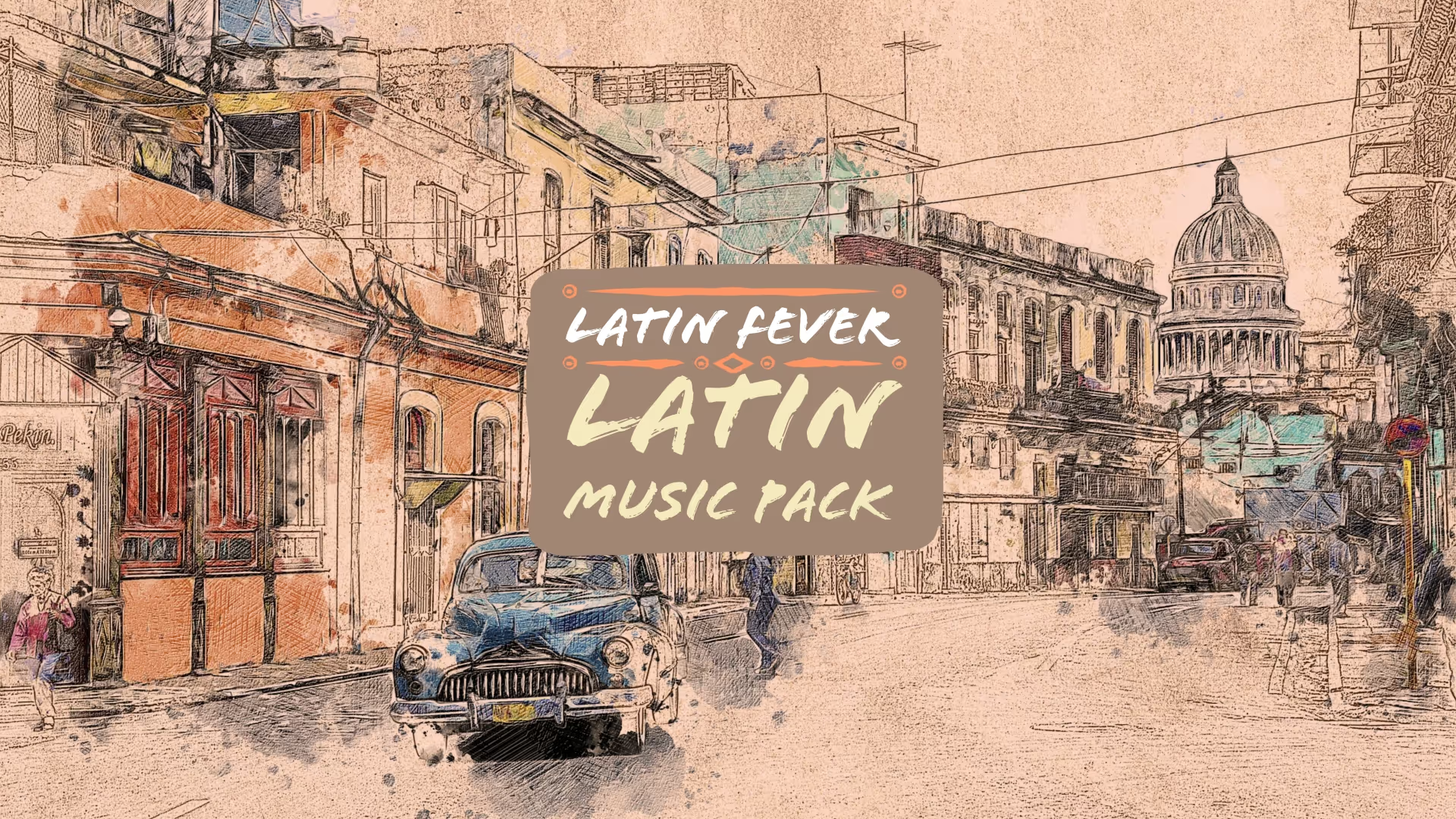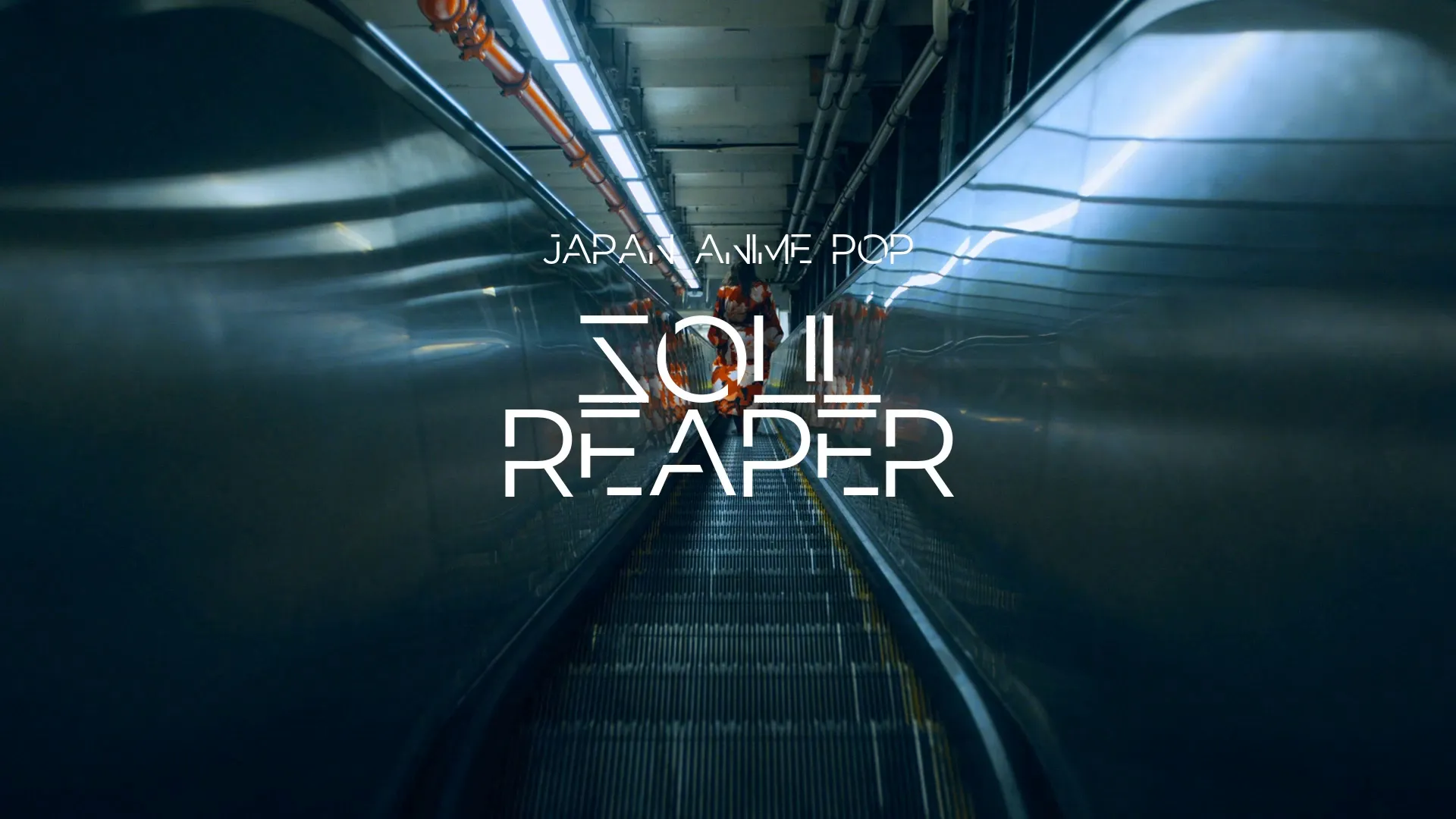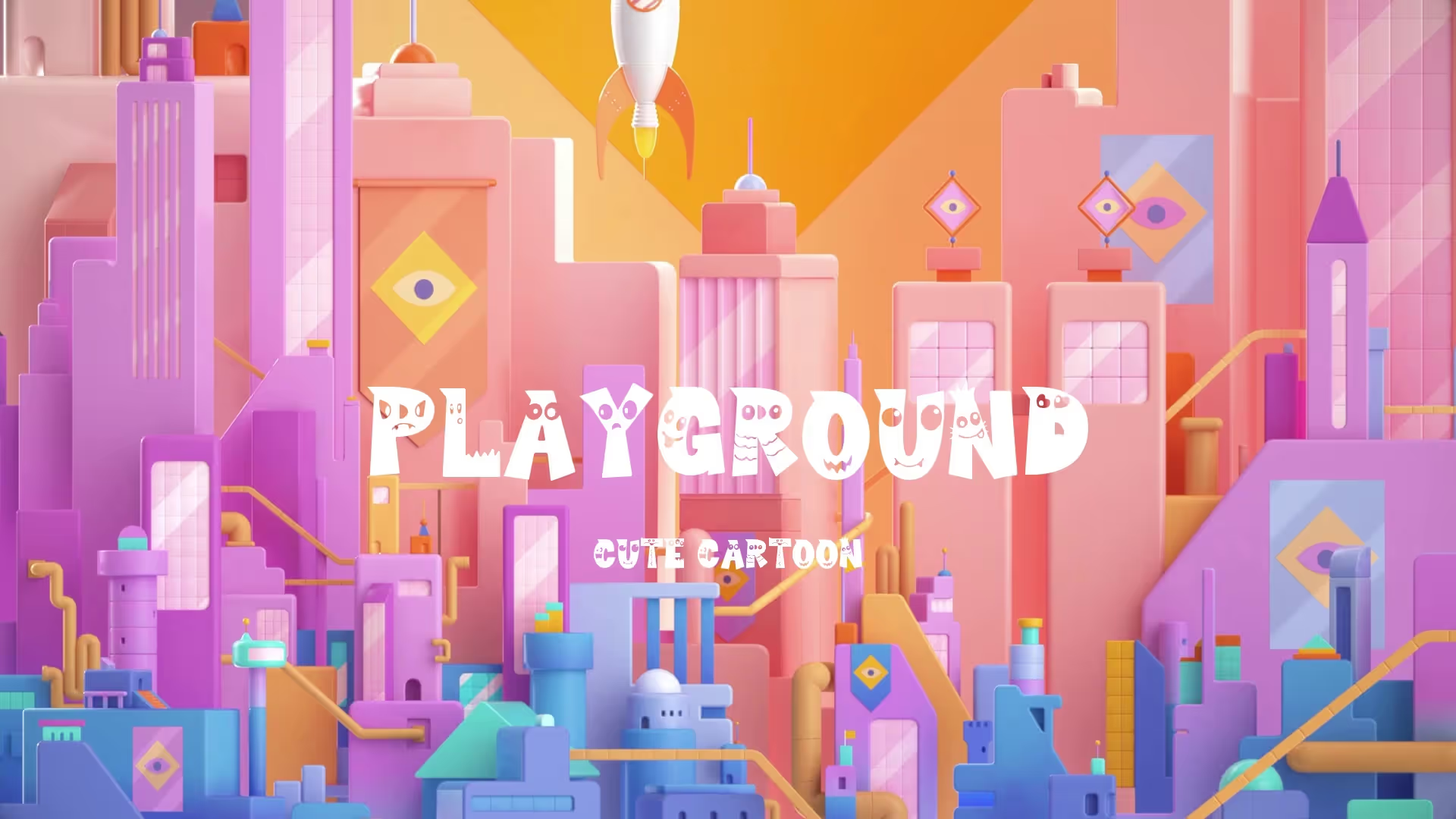Mastering Game Assets: High-Quality Royalty-Free Visuals & Sound Effects for Indie Devs
Mastering Game Assets: High-Quality Royalty-Free Visuals & Sound Effects for Indie Devs
Indie game development often demands resourcefulness, especially when it comes to assets. Sourcing high-quality royalty-free visuals and sound effects is not about cutting corners, but about smart, efficient production. This guide details how to effectively find and integrate these essential components into your game.
The Foundation: Understanding Royalty-Free Assets
Royalty-free means you pay a one-time fee or access assets for free under specific licenses, then use them commercially without ongoing payments. Always scrutinize the license terms; ‘free’ often comes with attribution requirements or usage restrictions. Some platforms offer assets for specific engines, so consider your engine choice, whether it’s Unity, Unreal, or Godot, as discussed in Unity vs. Unreal vs. Godot: Choosing Your Engine in 2025.
Visual Assets: Elevating Your Game’s Look
Visuals are the immediate hook for any game. High-quality royalty-free icons, textures, 3D models, 2D sprites, and even video footage can drastically improve your game’s aesthetic.
Textures: Bringing Worlds to Life
Textures define the surface details of your game environments and objects. For realistic or stylized architectural visualization, finding royalty-free textures that are seamless and PBR (Physically Based Rendering) ready is crucial. Look for sites offering high-resolution texture packs with diffuse, normal, roughness, and metallic maps. Ensure they tile correctly to avoid visible seams and repetition.
Icons: The Language of UI
High-quality royalty-free icons are vital for a clear and intuitive user interface. Consistency in style, color, and resolution across all your icons is paramount. Prioritize vector-based icons for scalability without loss of quality, allowing them to adapt to different screen sizes and resolutions.
3D Models: Populating Your Game World
Accessing free 3D game models can accelerate your development significantly. Focus on models optimized for real-time rendering, meaning reasonable polygon counts and efficient UV mapping. Check for included textures and animations, as these add immediate value. Many marketplaces offer categories specifically for low-poly or game-ready models.
2D Sprites: The Heart of Pixel Art and Side-Scrollers
For 2D games, finding the best 2D game sprites is essential. This includes character spritesheets, environmental tilesets, and UI elements. Look for consistent art styles within a pack to maintain visual cohesion. Animation frames should be clearly delineated and easy to import into your engine.
Royalty-Free Video Footage: Cinematic Touches
While less common for core gameplay, royalty-free video footage for projects can enhance intros, cutscenes, or background elements. Ensure the footage aligns with your game’s aesthetic and resolution requirements. Pay attention to aspect ratios and codecs for smooth integration without performance issues.
Audio Assets: The Soundscape of Immersion
Sound effects are often overlooked but are critical for player immersion and feedback. High-quality royalty-free sound effects can make actions feel impactful, environments feel alive, and events feel significant.
Sourcing Sound Effects: Where to Look
There are numerous best royalty free sound effects sites available. Prioritize libraries that offer sounds organized by category, such as Foley, UI, combat, or environmental. Look for clear audio quality, free from unwanted noise or artifacts. Variety within a category is also beneficial, offering options for different intensities or variations of the same sound.
Integrating Audio: Best Practices
When integrating sound effects, consider their volume, pitch, and spatialization. Sounds should provide clear feedback without being overwhelming. Use sound mixers and audio groups in your engine to manage different types of sounds effectively, ensuring a balanced audio experience.
Common Pitfalls and How to Avoid Them
Many indie devs encounter challenges when using royalty-free assets. A major pitfall is inconsistent art style; mixing assets from various sources can lead to a disjointed look. Establish a clear art direction early and filter assets accordingly. Another issue is license misunderstanding; always read the full license for each asset to avoid legal complications. Over-reliance on free assets can also lead to generic-looking games; use them as a foundation, but consider custom assets for unique elements. Finally, performance issues can arise from unoptimized assets; always check polygon counts for 3D models and texture resolutions.
Conclusion: Smart Sourcing for Stronger Games
Mastering the use of high-quality royalty-free visual assets and sound effects is a cornerstone of efficient indie game development. By carefully selecting and integrating these resources, you can achieve a polished product without overextending your budget or time. Remember to prioritize consistency, understand licensing, and always optimize for performance. Explore Wayline’s extensive Strafekit asset library for a curated collection of royalty-free assets to kickstart your next project.
Create a free account, or log in.
Gain access to free articles, game development tools, and game assets.


